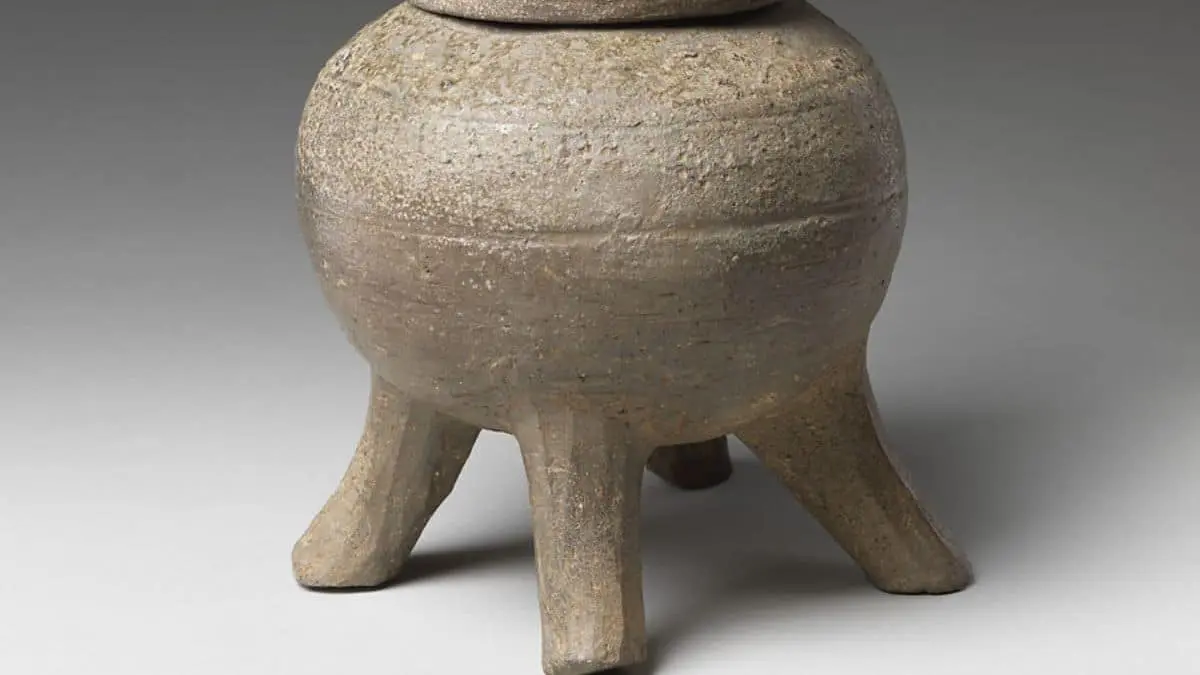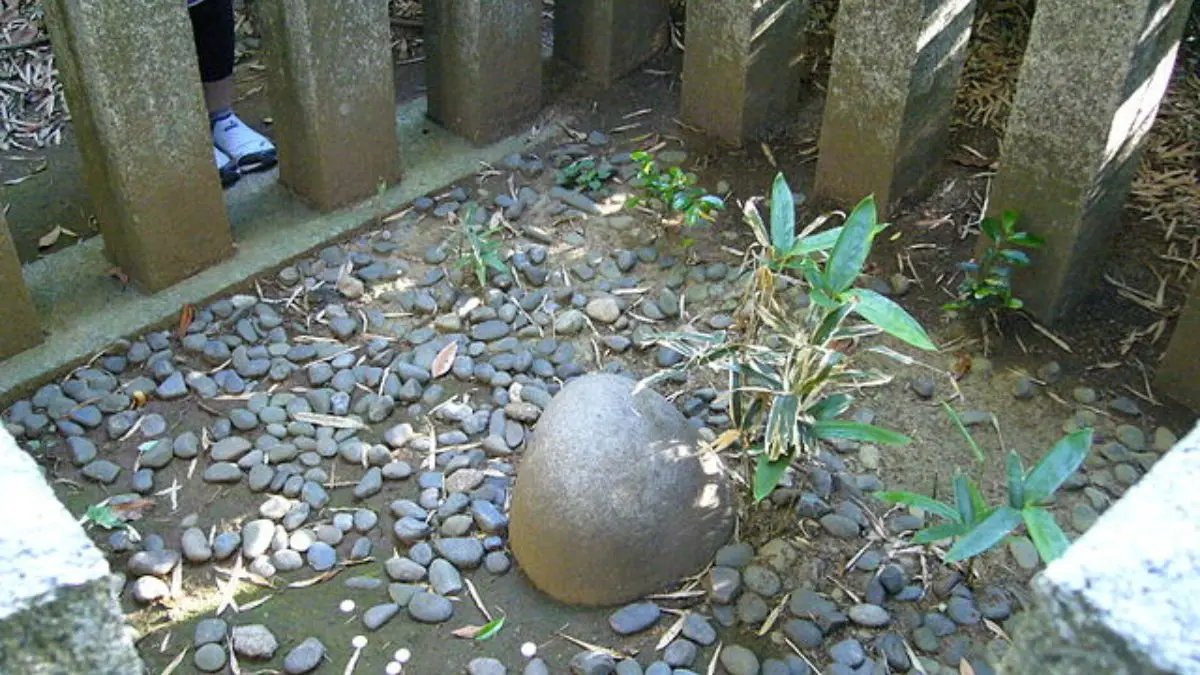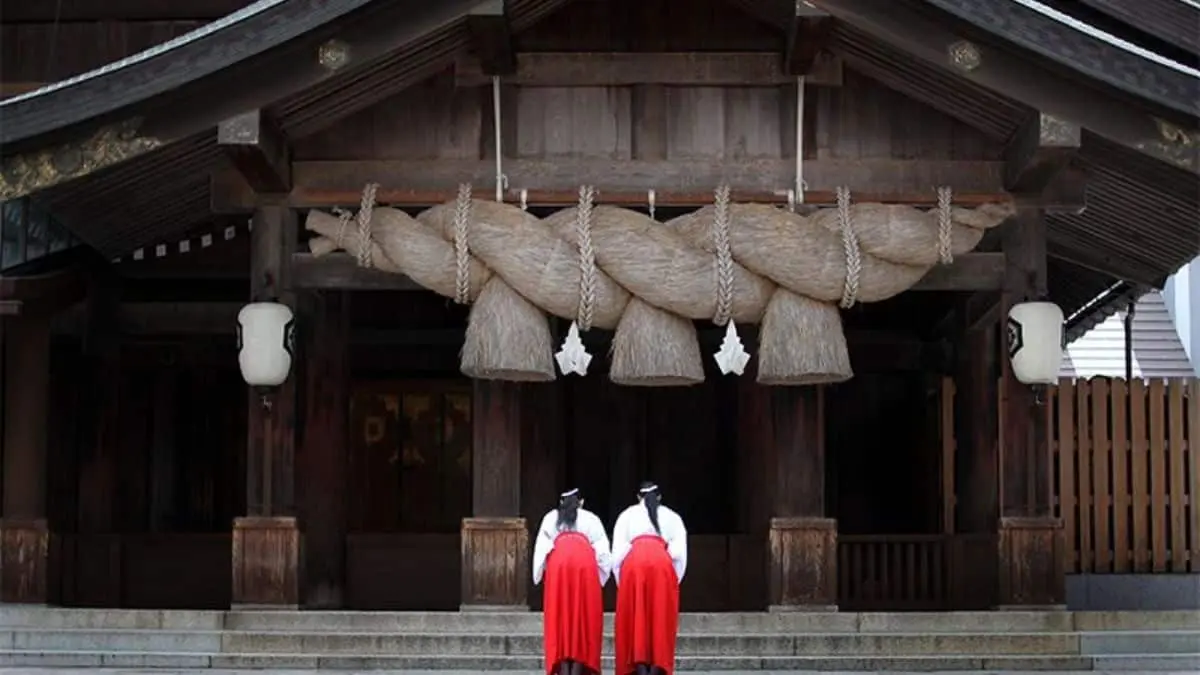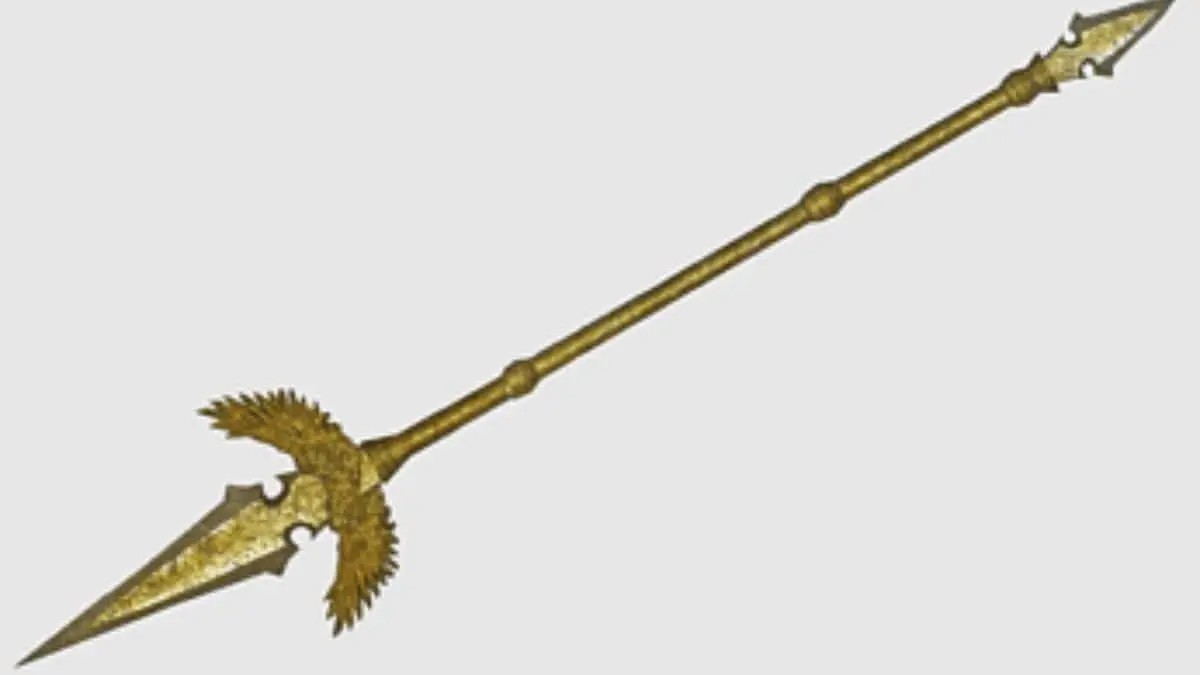Japanese mythology is rich with tales of gods, warriors, and spirits wielding powerful weapons, each imbued with its own unique properties and stories. These legendary items not only showcase the craftsmanship and imagination of ancient Japan but also embody the values, conflicts, and aspirations of its culture. From swords that can control the wind to jewels that govern the tides, the 10 most powerful weapons in Japanese mythology offer a fascinating glimpse into a world where magic and reality intertwine.
10 Most powerful weapons in Japanese mythology
Kusanagi-no-Tsurugi (Grass-Cutting Sword)

Revered as a legendary artifact in Japanese mythology, the Kusanagi-no-Tsurugi, or Grass-Cutting Sword, holds a prominent place in the tales of ancient heroes and gods. According to myth, this divine sword was gifted to the mythological hero Yamato Takeru by the storm god Susanoo.
With its mystical properties and immense power, the sword played a pivotal role in numerous heroic exploits and legendary battles. Legends speak of its ability to control the elements and cut through any obstacle, earning it a reputation as an invincible weapon of war.
As a symbol of courage, strength, and divine favor, the Kusanagi-no-Tsurugi continues to capture the imagination of Japanese culture, serving as a reminder of the heroic deeds of ancient warriors and the enduring legacy of mythological heroes.
Yata-no-Kagami (Sacred Mirror)

Among the three Imperial Regalia of Japan, the Yata-no-Kagami, or Sacred Mirror, holds a special significance as a symbol of wisdom and truth. According to mythology, the mirror was presented to the sun goddess Amaterasu by her brother Susanoo after a series of divine conflicts.
As a divine artifact, the mirror possesses the power to reflect truth and dispel darkness, serving as a sacred emblem of enlightenment and divine guidance. Throughout Japanese history, the Yata-no-Kagami has been revered as a symbol of imperial authority and spiritual purity, playing a central role in coronation ceremonies and rituals.
Its association with the sun goddess and its role in legendary tales have elevated the mirror to a position of profound cultural and religious importance, embodying the virtues of truth, wisdom, and divine protection.
Ame-no-Nuboko (Heavenly Jeweled Spear)

In Japanese mythology, the Ame-no-Nuboko, or Heavenly Jeweled Spear, is associated with the creation of the Japanese islands. According to legend, the gods used the spear to churn the primordial ocean and form the landmasses of Japan.
As a symbol of strength, power, and creation, the Amenonuhoko represents the divine authority of the gods and their role in shaping the world. Its mythical origins and supernatural properties make it a revered symbol of divine sovereignty and cosmic order in Japanese culture.
Throughout history, the spear has been venerated as a sacred relic, embodying the creative forces of the universe and serving as a reminder of the gods’ divine power and influence over the natural world.
Ikutachi (Ame-no-Ohabari)

A legendary Japanese sword, Ikutachi holds a prominent place in mythology and folklore. Also known as Ame-no-Ohabari, it is believed to be one of the three divine treasures gifted by the gods to the legendary first emperor of Japan, Emperor Jimmu.
According to myth, Ikutachi possesses extraordinary powers, including the ability to control the elements and vanquish evil spirits. It is said to be imbued with divine energy, making it a formidable weapon capable of protecting the realm from malevolent forces.
Legends surrounding Ikutachi often depict it as a symbol of courage, honor, and divine favor. Its mythical origins and legendary status have made it a cherished symbol of Japanese culture and heritage, inspiring awe and reverence for its role in the ancient tales of valor and heroism.
Hōrai-no-Kama (Hōrai Pot)

The Hōrai-no-Kama, a mystical artifact from the mythical land of Hōrai, holds a prominent place in Japanese folklore. Legends speak of this magical pot’s extraordinary ability to endlessly produce food and drink, offering sustenance to those who partake of its contents.
It is believed that consuming the fare from the Hōrai Pot grants immortality, making it a coveted treasure sought by mortals and immortals alike. The pot symbolizes abundance, prosperity, and the promise of eternal life, captivating the imagination with its allure of never-ending nourishment.
As a legendary artifact shrouded in myth and mystery, the Hōrai-no-Kama embodies the timeless quest for transcendence and the eternal pursuit of the divine.
Totsuka-no-Tsurugi (Ten-Fist Sword)

Crafted with divine craftsmanship and imbued with potent magical properties, the Totsuka-no-Tsurugi symbolizes courage, strength, and victory over adversity. Its mythic exploits and heroic deeds have elevated it to a revered status in Japanese culture, inspiring awe and reverence for its role in defending the realm against malevolent forces.
As a symbol of divine protection and martial prowess, the Totsuka-no-Tsurugi embodies the indomitable spirit of gods and heroes, serving as a testament to the enduring power of valor and heroism.
Kaname-ishi (Central Pillar Stone)

Representing stability and balance, this revered stone is thought to serve as the central axis around which the cosmos revolves, maintaining harmony and equilibrium in the celestial realm. According to myth, the Kaname-ishi plays a crucial role in upholding the cosmic order, ensuring the balance of cosmic forces and the preservation of universal harmony.
Venerated as a symbol of divine providence and cosmic equilibrium, the Kaname-ishi embodies the foundational principles upon which the world is constructed, inspiring reverence and awe for its role in sustaining the fabric of existence.
Shimenawa (Sacred Rope)

The Shimenawa, a sacred rope adorned with Shide (zigzag-shaped paper streamers), holds a significant place in Japanese religious rituals and traditions. Used to demarcate sacred spaces and ward off evil spirits in Shinto practices, the Shimenawa symbolizes purity, sanctity, and spiritual protection.
It is often hung around sacred objects such as shrines, trees, and rocks, serving as a symbolic barrier between the mundane and the divine. The Shimenawa’s intricate design and ritual significance make it an integral part of Shinto ceremonies, where it acts as a conduit for divine energy and blessings.
As a tangible representation of the sacred, the Shimenawa embodies the timeless connection between humanity and the spiritual realm, offering solace, protection, and reverence in the face of the unknown.
Hoko (Divine Lance)

In Japanese mythology, the Hoko, or Divine Lance, is a revered weapon imbued with divine power and significance. Often depicted as a ceremonial spear adorned with sacred symbols, the Hoko symbolizes authority, strength, and spiritual potency.
According to legend, the Hoko was gifted to the mythical emperor Jimmu by the sun goddess Amaterasu, establishing its status as a symbol of imperial authority and divine protection. It is believed that the Hoko possesses the ability to channel divine energy, serving as a conduit for spiritual blessings and guidance.
As a sacred relic passed down through generations, the Hoko holds a central role in imperial ceremonies and rituals, symbolizing the connection between earthly rulership and heavenly favor. Revered for its mythical origins and symbolic significance, the Hoko embodies the eternal bond between the mortal realm and the divine, inspiring reverence and awe for its role in Japanese culture and tradition.
Uchide-no-Kozuchi (Magic Mallet)

The Uchide-no-Kozuchi, or Magic Mallet, is a legendary artifact from Japanese mythology renowned for its transformative powers and benevolent magic. Often depicted as a small wooden hammer, the Uchide-no-Kozuchi is said to possess the ability to grant wishes and bring prosperity to those who wield it.
According to myth, when struck against any object, the Magic Mallet has the miraculous ability to multiply or transform it into something of greater value. Legends tell of its use by the deity Daikoku, the god of wealth and prosperity, to bestow blessings upon mortals and bring abundance to their lives. As a symbol of divine benevolence and the promise of prosperity, the Uchide-no-Kozuchi holds a cherished place in Japanese folklore, inspiring hope and gratitude for its miraculous gifts.
Revered for its mythical powers and legendary origins, the Magic Mallet embodies the eternal quest for fortune and fulfillment in the hearts of those who seek its blessings.
Also Read: 10 Anime That Draw Inspiration from Japanese Mythology



